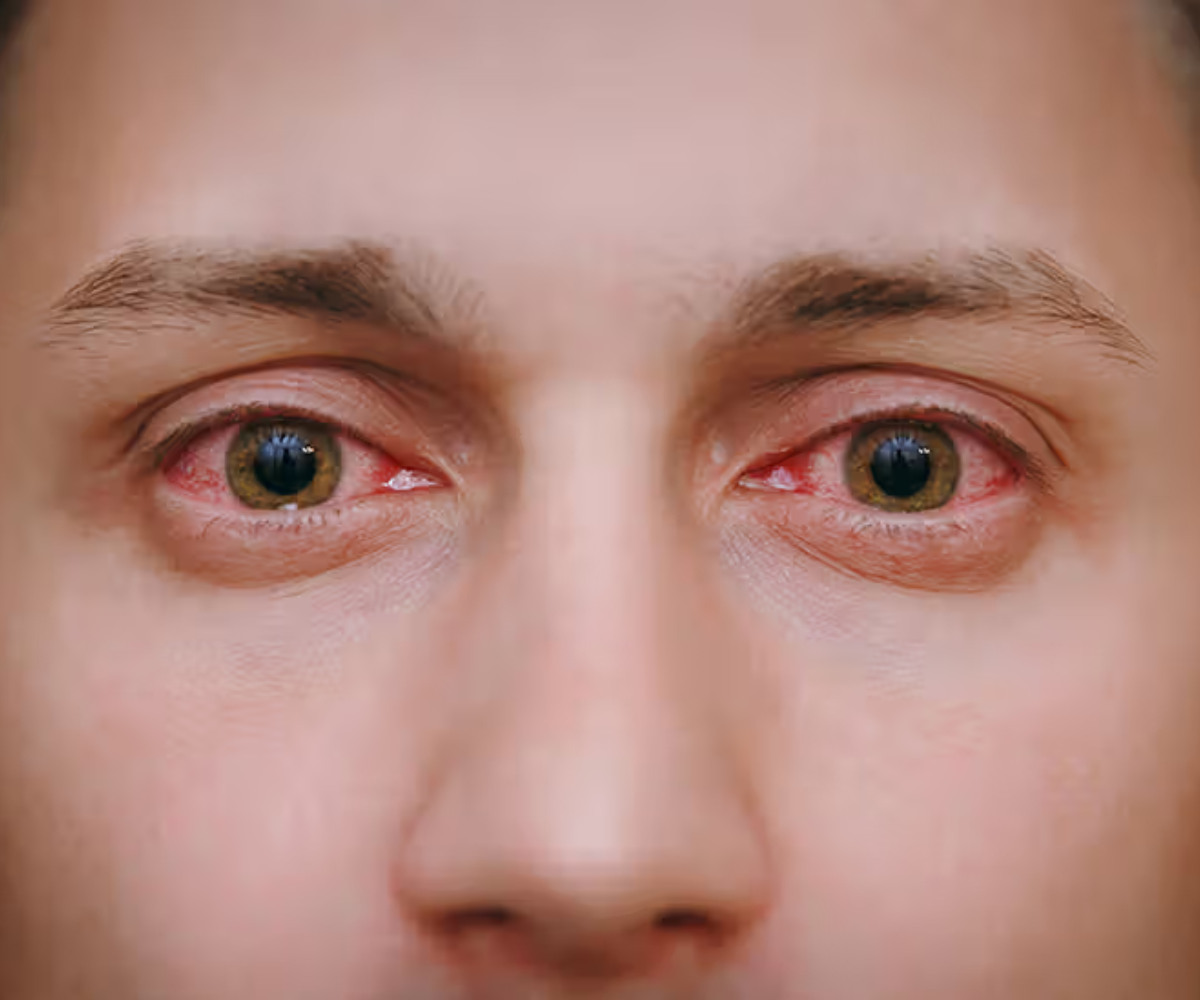Everything You Need to Know About Conjunctivitis
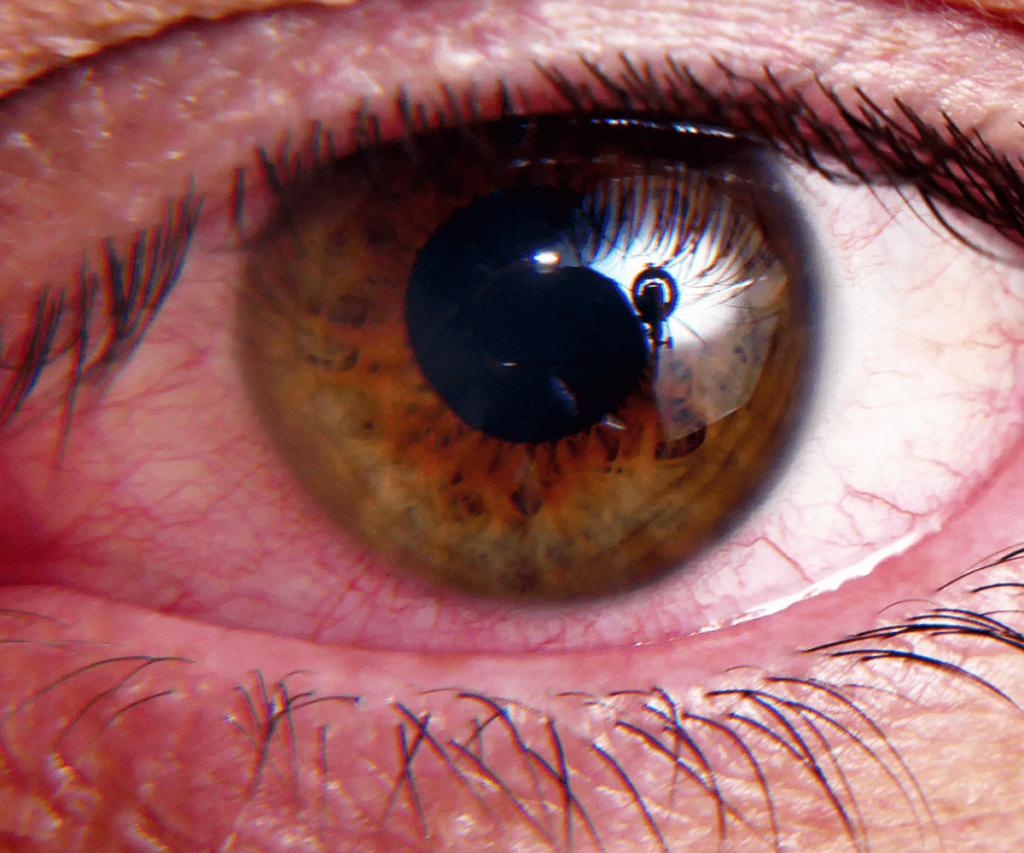
Pink eye also known as conjunctivitis, is a common condition that affects both children and adults. It occurs when the conjunctiva, the thin transparent tissue lining the inside of the eyelid and covering the white part of the eye, becomes inflamed. This inflammation can cause redness, discomfort, and watery or sticky discharge. While often mild, pink eye can be highly contagious when caused by viruses or bacteria. Understanding its causes, symptoms, treatment options, and preventive measures is crucial for protecting eye health and avoiding transmission to others.
Types of Pink Eye (Conjunctivitis)
Pink eye can be classified into three main types: viral, bacterial, and allergic. Each type has unique causes, symptoms, and treatment approaches.
Viral Conjunctivitis
Viral is the most common type and is highly contagious. It often accompanies symptoms of a cold, such as a runny nose, sore throat, or sneezing. People with viral conjunctivitis typically experience:
- Redness in one or both eyes
- Watery discharge
- Itchy or burning sensation
- Sensitivity to light
Viruses responsible for may include common cold viruses, adenoviruses, or in rare cases, more serious pathogens such as influenza or COVID-19. Viral usually resolves on its own within 1–2 weeks, but maintaining eye hygiene is essential to prevent spreading it to others.
Bacterial Conjunctivitis
Bacterial is less common than viral, but it can cause more noticeable discharge and eye discomfort. Typical symptoms include:
- Red, swollen eyes
- Thick yellow, green, or white discharge
- Eyes sticking together, especially after sleep
- Mild pain or irritation
Bacterial spreads easily through hand-to-eye contact or touching contaminated surfaces. Antibiotic eye drops prescribed by a healthcare provider can accelerate recovery and reduce the risk of spreading infection.
Allergic Conjunctivitis
Unlike viral and bacterial types, allergic is not contagious. It is triggered by allergens such as pollen, dust, pet dander, smoke, or chemicals. Symptoms usually include:
- Intense itching
- Redness and swelling of the eyes and eyelids
- Watery eyes
- Puffy eyelids
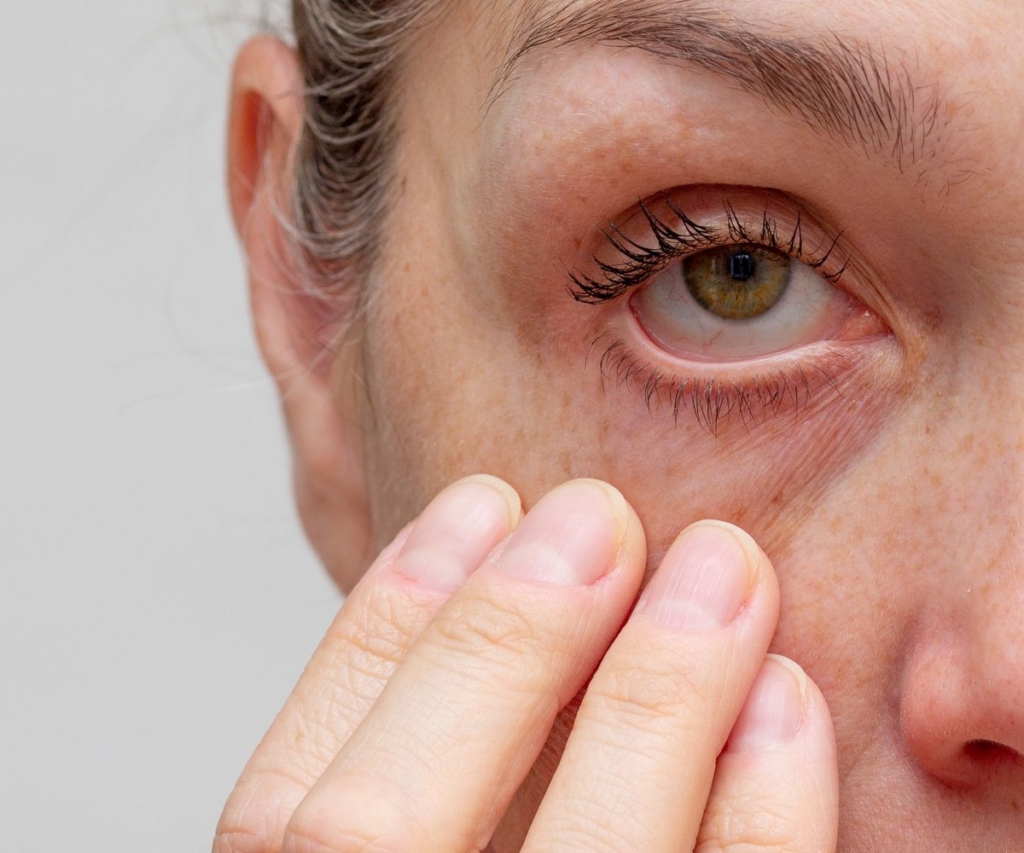
Treatment involves avoiding allergens when possible and using antihistamine or anti-inflammatory eye drops to reduce discomfort.
How Pink Eye Spreads
Understanding how spreads is important to prevent outbreaks, particularly in schools, workplaces, and households. The primary transmission methods include:
- Direct hand-to-eye contact after touching contaminated surfaces
- Sharing towels, pillows, or eye makeup with infected individuals
- Contact with contaminated water, such as in pools
- Improperly cleaned or shared contact lenses
Children are more prone to bacterial and viral due to frequent close contact with peers, while adults often contract from contaminated surfaces or poor contact lens hygiene.
Symptoms of Pink Eye
Symptoms can vary depending on the type of conjunctivitis. Common signs include:
- Red, bloodshot eyes
- Watery or sticky discharge
- Gritty or foreign-body sensation
- Swollen eyelids
- Itchiness, burning, or mild pain
- Sensitivity to light
- Blurred or hazy vision
Severe symptoms such as vision loss, intense pain, or blood in the eye warrant immediate medical attention.
Pink Eye Diagnosis
A healthcare provider can diagnose through a physical examination. This typically involves:
- Inspecting the eyes for redness, swelling, and discharge
- Evaluating eye movement and pupil response
- Checking vision clarity
- In severe or atypical cases, testing the eye’s surface or sending a sample of eye discharge for laboratory analysis
Proper diagnosis ensures the correct treatment and helps distinguish between bacterial, viral, or allergic causes.https://www.youtube.com/watch?v=Lb1QLr0xZv0
Treatment Options for Pink Eye
Treatment depends on the underlying cause of :
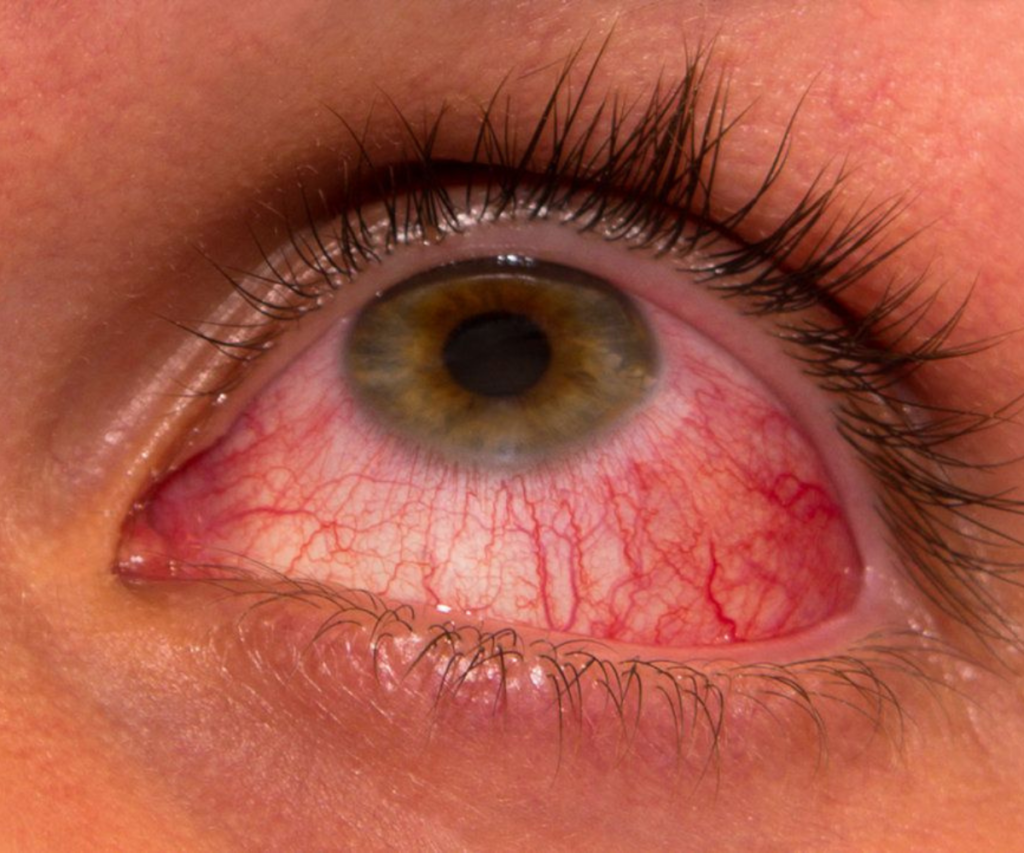
Viral Pink Eye
- No specific medication exists; the infection must run its course
- Artificial tears can relieve dryness and discomfort
- Cool compresses help reduce swelling and irritation
- Maintain strict hygiene to prevent spreading the infection
Bacterial Pink Eye
- Treated with prescribed antibiotic eye drops or ointments
- Avoid touching or rubbing the eyes to reduce contamination
- Wash hands frequently and disinfect surfaces
Allergic Pink Eye
- Avoid exposure to allergens whenever possible
- Use antihistamine or anti-inflammatory eye drops
- Cold compresses can relieve itching and swelling
Pink Eye Prevention Tips
Preventing pink eye involves hygiene and lifestyle adjustments:
- Wash hands frequently with soap and water
- Avoid touching your eyes, especially with unwashed hands
- Use clean towels, washcloths, and pillowcases daily
- Do not share eye makeup or contact lenses
- Replace contaminated eye products after recovery
- Limit contact with infected individuals.Pink eye.
Can You Work, Attend School, or Exercise with Pink Eye?
- Allergic pink eye: Safe to attend school, work, or the gym
- Viral or bacterial pink eye: Stay home and avoid close contact until symptoms resolve to prevent spreading the infection
When to Seek Medical Help
Seek medical attention if:
- Symptoms last longer than 2 weeks
- Vision changes occur
- Eye pain is severe
- There is blood or unusual discharge from the eye
- You experience swelling around both eyes or a high fever
Prompt evaluation ensures complications such as keratitis, corneal ulcers, or more serious infections are prevented.
Conclusion
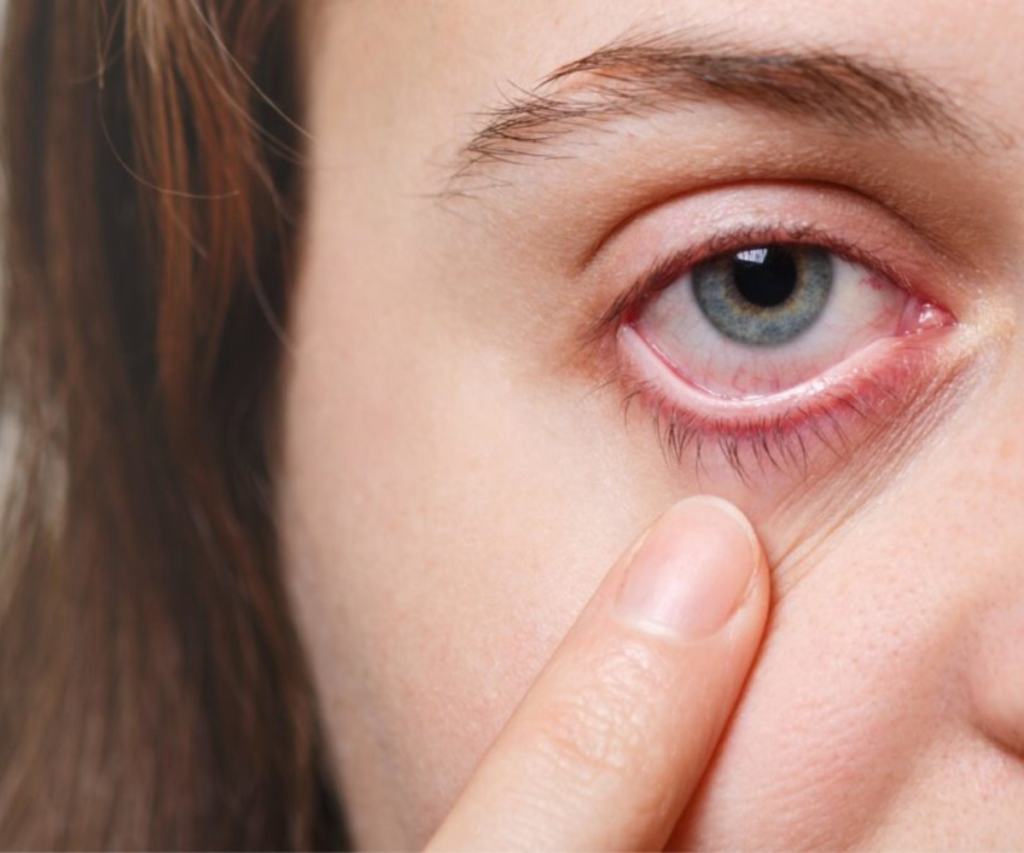
Pink eye is a common eye condition that can affect people of all ages. While most cases are mild, understanding the types, symptoms, treatment options, and preventive measures is essential for protecting eye health and preventing spread. By practicing good hygiene, using appropriate eye drops, and avoiding allergens, individuals can manage p effectively and maintain healthy vision..
